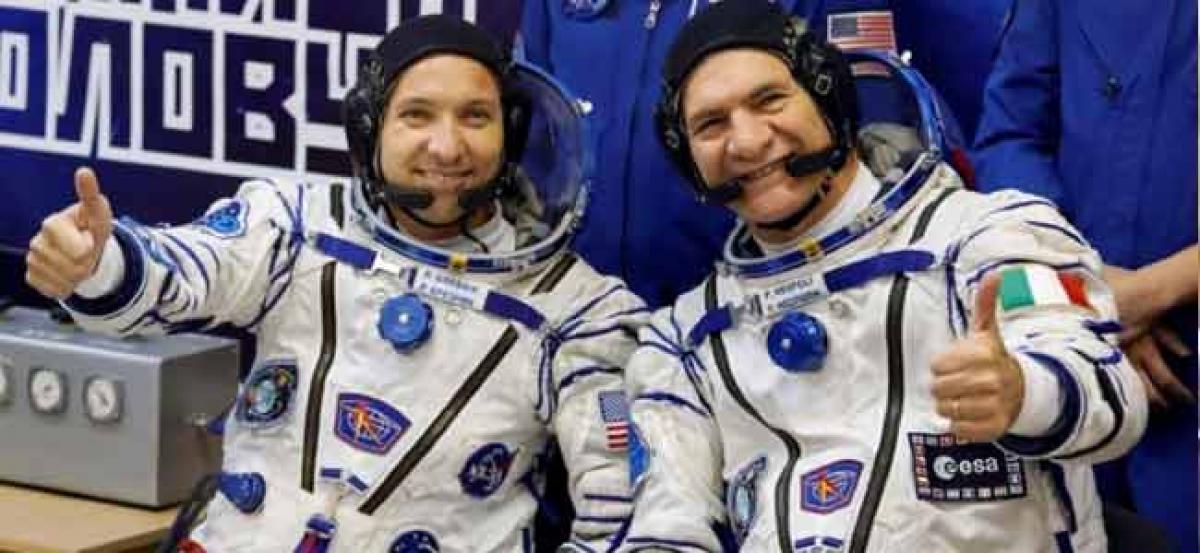Live
- AI-driven dataset to reveal new insights around diabetes
- Researchers develop new portable knee rehab device to revolutionise post-surgical therapy
- Why Australia's Binar CubeSats Burned Out Early: Solar Activity's Devastating Impact on Satellites
- Tyagaraja’s Legacy Celebrated in Ballet
- Priyanka Chopra shares what she loves to do after a long day at work
- Shraddha Kapoor reveals an interesting detail about people with big foreheads
- South Africa expects G20 summit to strengthen multilateralism
- AAP govt deprived residents of better health infra: Vijender
- Court records statement of victim's wife against Tytler
- Pokarna Engineered Stone invests Rs 440 cr in its mfg facility in TG









